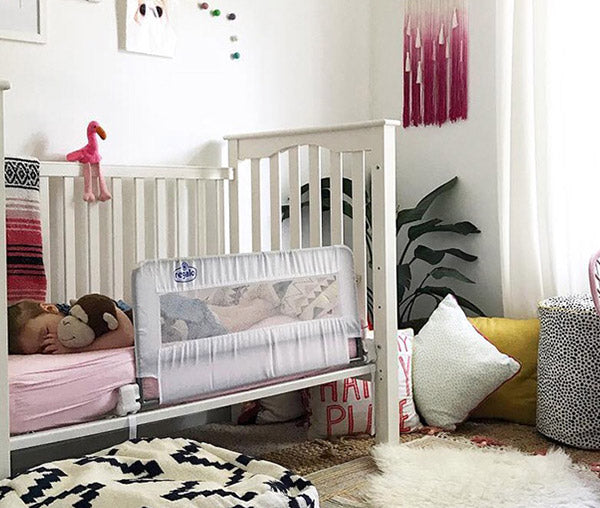
October 30, 2020
For Better Baby Sleep, Follow Their Lead
The weeks after delivering my first baby were a blissful blur. My husband and I spent most of our time in awe of her, marveling at our little miracle. Unfortunately, we couldn’t ignore a very real concern: would we ever sleep again?
Desperate for quality rest, I spent hours gathering insights from friends, our pediatrician, various sleep training programs and the book Secrets of the Baby Whisperer. Ultimately, we cobbled together a winning combination. It was a plan focused on eating, playing, sleeping, and letting our baby lead the way by observing her cues. This ultimately led to better baby sleep.
We got the green light from our pediatrician, and by the time she turned three months old, she was sleeping twelve hours straight overnight.
This was our journey.
Eat
Making sure your baby has had enough to eat is the most critical component of any sleep training approach. At three months old, we created a feeding schedule based on how much she needed per day: 28 ounces. Note: Since our baby happily drank breastmilk and formula from a bottle, we had the luxury of knowing exactly how much she was consuming. While not impossible, I acknowledge this would be much more challenging for an exclusively breastfed baby.
We started every day at 7am (even if it meant setting an alarm 😖). We offered her 5 ounces at 7am, then again at 10am, 1pm, 4pm, and finally 6 ounces at 6pm. The extra ounce and shorter time frame at the end of the day was designed to “tank her up” right before bed to help her sleep deeply all night.
By bedtime, we could safely rule out that she was hungry, as long as she wasn’t giving us hunger cues. Her cues were rooting or consistently hysterically crying after her bottles were finished. Since she was getting what she needed during the day, we just had to break her of the habit of waking up and eating solely for comfort purposes.

Learning Her Cries
At first, every cry sounded the same to me. I started studying them for at least 10 minutes at a time, looking for cues that she actually needed help (if cries escalated into urgent screams) or if she was going to fall back asleep (when cries became softer and more rhythmic).
So, if she cried out at 2AM, we were slow to act. We knew she was fed, safe, clean, and loved. All we had to do was stay strong and listen to determine if she actually needed our help. After letting her cry for 10-15 minutes, she usually stopped. It’s not easy to lay there and listen to your baby cry. But she consistently showed me that she could self soothe. Those experiences gave me the reassurance I needed to continue letting her cry it out.

Play
We intentionally never fed her right before going to sleep. Instead, we created activity (or play) time in between feedings.
Activity was as simple as a diaper or clothing change when she was very young, and now looks more like true play time as she has become an older, more active baby. During
By three months old, she would stay awake roughly 60-90 minutes before laying down for a nap in her crib. Even if she was wide awake, I’d swaddle her, lay her down and leave the room. Even if she started crying, I’d leave for at least 10 minutes to give her a chance to settle on her own. Naps lasted anywhere from 45 minutes to 2 hours. We never exceeded 2 hours to guarantee she would be up in time for her next feeding, and she would be sleepy enough by bedtime.
In the end, better baby sleep came once we created controls for all variables. We worked hard to develo a consistent routine and actually listened to what our baby was trying to communicate. Every baby is different, so what worked for my family may not work for yours. However, if you are reading this with bleary eyes and coffee breath, desperate for your own solution, I have high hopes my story will help you.